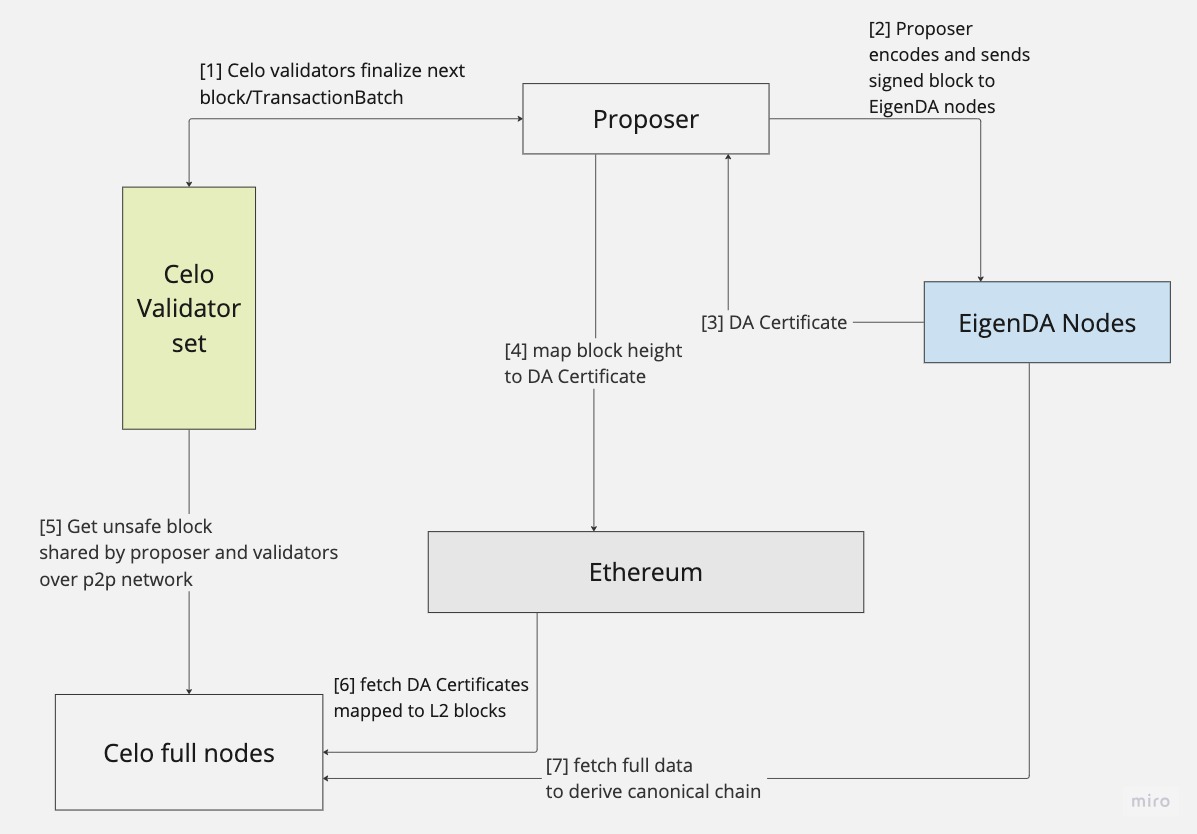CLabs, the organisation behind the development of the Celo blockchain, is planning to transition from being an independent EVM-compatible layer-1 blockchain to an Ethereum layer-2 solution, marking a return to the Ethereum ecosystem.
According to a proposal discussed on Celo’s governance forum, the transition involves adopting the OP Stack architecture to become an Ethereum layer-2 blockchain. This move eliminates the need to monitor tooling and library composability through upgrades, making it easier for Celo developers to use Ethereum tools and libraries.
The transition also entails implementing an off-chain data availability layer operated by Ethereum node operators and protected by restaked Ether (ETH). Furthermore, the current validators would be transformed into decentralised sequencers for the layer-2 solution.
Layer-1 and Layer-2 blockchains serve different purposes and have distinct designs and architectures. While Layer-1 networks are self-sufficient, Layer-2 solutions aim to enhance the performance of Layer-1 blockchains rather than operate independently.

The proposed transition offers several benefits, including increased security and low gas fees. The expectation is that gas costs will not significantly change, as the proposal focuses on an L2 solution with off-chain data availability, potentially leading to lower gas costs than other L2 solutions. The proposal is scheduled for discussion on a governance call on July 21, followed by a “temperature check” the next day.
If the proposal is adopted, end-users will not be affected by the migration, and CELO token holders will retain control over core contracts by voting on governance proposals. CELO tokens will also be used for paying gas fees.
While the transition appears to be a technical change, it may impact the Celo ecosystem in various ways. According to the forum discussion, it could facilitate increased liquidity flow between Celo and other chains. Still, it may also incur additional costs for sequencers, such as fees on the data availability layer and gas on Ethereum. Whether the sequencers’ rewards will match the current validators’ rewards remains unclear.
As the blockchain landscape grows more competitive, Celo has focused on improving the mobile experience, introducing enhanced functionality and specific features. The Celo ecosystem also targets developing economies with a greater demand for technological payment solutions.
 coinculture.com
coinculture.com
